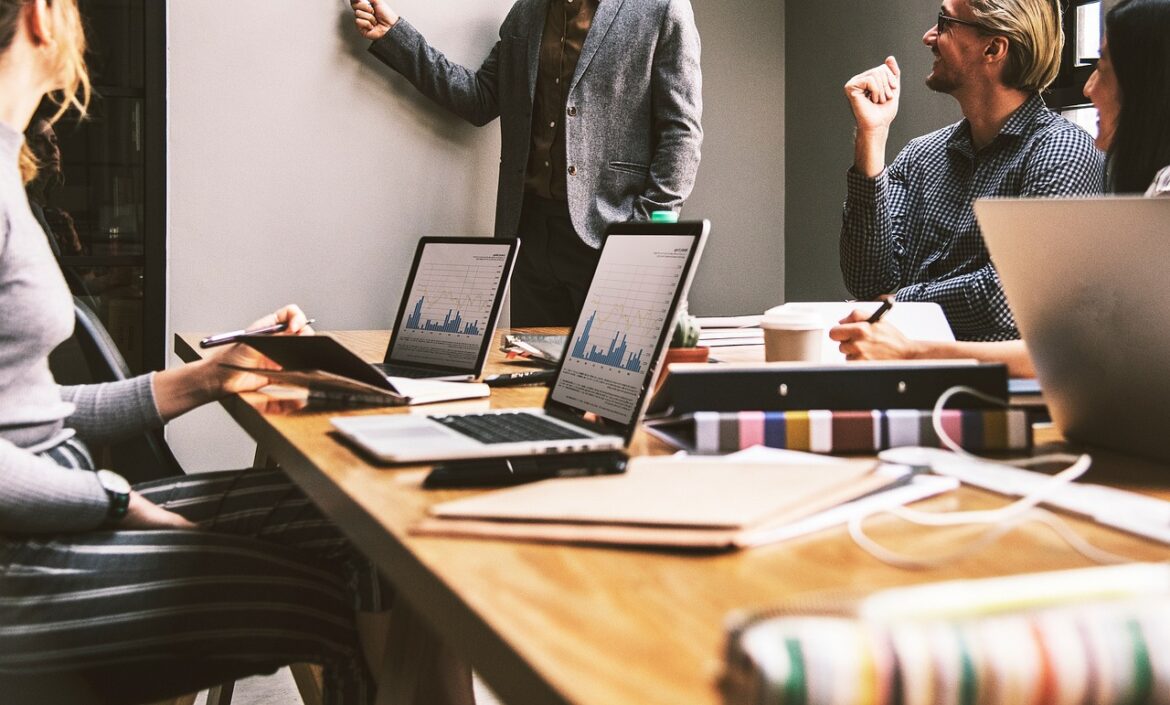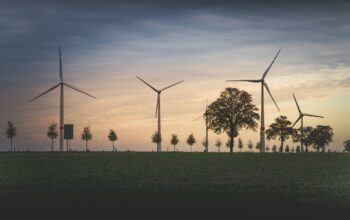Hook: The Sustainability Shift in 2025
Once hailed as the heroes of environmental pledges, Chief Sustainability Officers (CSOs) now face a crossroads in 2025. The early days of grand net-zero announcements and broad ESG promises have given way to cautious, focused actions where practicality matters more than slogans. Why? Investor pressure to deliver short-term profits and ramp up AI investments has altered the corporate sustainability landscape. Sustainability is no longer a stand-alone ideal — it’s being woven into the very fabric of business decisions.
The New Normal for Chief Sustainability Officers
Gone are the days when terms like “carbon-neutral” ruled corporate speeches. Top companies such as Lego and PepsiCo now narrow their efforts to core business areas — imagine Lego zoning in on circular economies within their manufacturing process or airlines concentrating on sustainable aviation fuels to tackle carbon taxes.
CSOs are also partnering more with CFOs, making sure sustainability projects provide measurable financial returns. According to experts, the challenge today is integrating sustainability with solid economics, turning it from a nice-to-have into a must-have embedded in operational performance.
Lenovo’s Sustainable Partner Push
At its 2025 summit, Lenovo doubled down on sustainability with an ambitious refurbishment program aiming to become the top vendor in this space. But here’s the catch: vendors often face a tug-of-war between pushing new hardware sales and scaling refurbished products. Lenovo’s commitment reveals a broader conflict companies face — balancing growth with deeply green practices.
Lenovo’s focus is a lesson in real-world sustainability: success lies in balancing business models with circular economy principles.
IKEA’s Long-Standing Supply Chain Stewardship
For over 20 years, IKEA’s supplier code, IWAY, has set the bar for ethical and environmental standards. From worker rights and safety to water management and banishing child labor, IKEA works only with suppliers who can walk the sustainability talk.
This approach isn’t theoretical — it’s about accountability and partnership that ensures the supply chain promotes environmental and social responsibility without compromise.
Harnessing AI to Power Sustainability
On the cutting edge, companies like Stem Inc. are turning AI into a green weapon. Stem’s AI-driven energy storage platform, Athena™, optimizes when batteries and solar power feed the grid, cutting emissions by avoiding fossil fuel peaks.
This technology balances energy supply smartly—helping businesses reduce their carbon footprint not just by relying on renewables but by using them at the right time.
Lessons from 2025: What We’re Seeing
-
Skepticism to Pragmatism: Investments and initiatives must now show clear financial and operational benefits.
-
Business-Centric Focus: Companies prioritize sustainability where it directly affects their core business risks and opportunities.
-
Circular Economy’s Real Challenge: Growth in reused and refurbished goods demands a rethink of traditional sales models.
-
Tech-Driven Sustainability: AI and digital innovation stand as powerful allies in reducing environmental impacts.
While the sustainability fervor might appear to be cooling in boardrooms, the integration of sustainable practices into everyday business means companies are changing — quietly but deeply. The path to a greener future is becoming less about big promises and more about tangible, integrated, and financially sensible actions.
References:
- https://www.greendigest.co/p/what-s-happening-in-sustainability-esg-week-recap-24-06-30-06
- https://canalys.com/insights/2025-lenovo-360-circle-summit
- https://www.keramida.com/news/the-sustainability-update-key-market-trends-as-of-q2-2025
- https://www.morningstar.com/sustainable-investing/2025-proxy-season-7-charts
- https://research.aimultiple.com/sustainability-case-studies/
- https://carboncredits.com/3-ai-companies-to-watch-in-2025-and-how-they-power-the-net-zero-revolution/
- https://members.asicentral.com/news/strategy/july-2025/gildan-recognized-for-sustainability-by-time-corporate-knights/
- https://www.hyundainews.com/releases/4503



